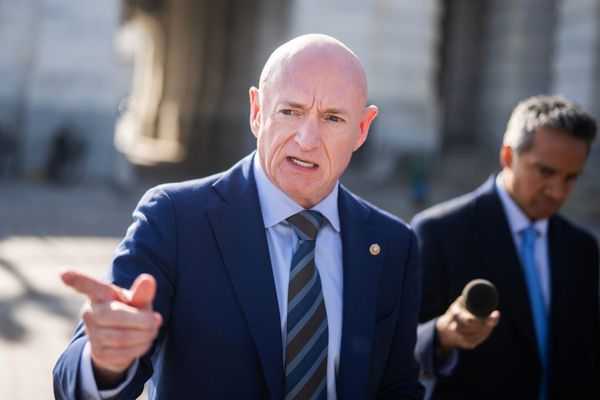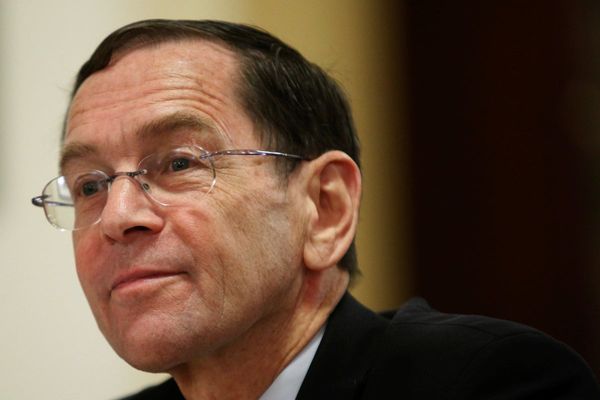
The UK needs at least 11,000 more school nurses to deal with the increasingly complex needs of young people after the pandemic, and help prevent them from developing serious mental health problems, researchers and campaigners say.
The number of school nurses has fallen by 35% in the last five years to about 2,000, and research by Oxford Brookes University, the University of Birmingham and the Oxford Health NHS foundation trust has found that a lack of long-term investment has resulted in many local areas scrapping the roles altogether.
The researchers surveyed 78 school nurses who shared feelings of exhaustion, stress and low morale, said Dr Georgia Cook, a researcher at Oxford Brookes University.
“Policymakers need to recognise and promote the integral role of school nurses in carrying out preventive public health work,” Cook said. “This should be supported by a sufficient workforce though, and bolstering school nurse numbers will be key to meeting the increasingly complex needs of children and young people in the wake of the pandemic.”
The survey found that three-quarters of school nurses reported an increase in their workload and 79% worried they were missing vulnerable children, with many feeling as if they were firefighting crises.
Cook suggested that governments and local authorities should emphasise the value of school nurses by commissioning school public health models that placed experienced nurses in leadership roles within schools.
While the stereotype of the school nurse is of someone tending to cuts and bruises, Dr Sarah Bekaert, a co-author of the research who specialises in child health at Oxford Brookes University, said there was a lack of understanding of the more complex aspects of the role, which requires an additional qualification above a nursing degree, although this is not reflected in the pay grade.
Lots of their work is around prevention and public health issues – for example, teaching children how to brush their teeth, as tooth removal is the most common operation for under-18s – but it also includes immunisation, sexual health, substance abuse, managing chronic conditions and, increasingly, mental health support.
A recent Institute for Public Policy Research report suggested that recruiting 11,500 additional school nurses would involve training costs of £805m and a wage cost of £445m.
Bekaert acknowledged this would be difficult, but suggested it could take place over a decade, with £80m a year invested in training schemes for school nurses, and schools in deprived areas the first to receive additional health staff.
In an ideal world, she would like the government to accept the Local Government Association’s request for funding for one school nurse per high school and one per cluster of primary schools, which would equate to 25,000.
This would help school nurses cope with increasingly complex mental health caseloads, including anxiety, depression, suicidal ideation, self-harm, eating disorders and difficulties attending school, which she said were worsening due to the lack of resources for preventive work, growing waitlists for child and adolescent mental health services, and its emphasis on talking therapies that were inappropriate for many children.
Sharon White, the chief executive of the School and Public Health Nurses Association (Saphna), which was part of the advisory board for the study, said there was a “perfect storm” in which a sharp drop in the number of school nurses had combined with rising mental health problems, and safeguarding and child protection needs that had “grown at an exponential rate”.
She worried that the decline in school nurses reflected a government in which the profile of children’s health and wellbeing “appears very low”, and she urged ministers to produce a properly funded workforce plan that emphasised prevention and was informed by “the multiple and ongoing high-profile and tragic safeguarding cases – deaths, suicides, abuse”.
Margaret Mulholland, a Send (special educational needs and disabilities) and inclusion specialist at the Association of School and College Leaders, said that although schools “greatly value the work that nurses do”, cuts to local public health services had reduced numbers, and she would like to see funding for at least every two schools to have a shared nurse.
She said: “Although some schools choose to employ their own nurse, budget constraints mean this is not possible in many cases without making cuts elsewhere.”
A Department of Health and Social Care spokesperson said it would increase the number of mental health teams in schools to almost 400 by the end of April 2023, and invest £2.3bn a year in mental health services, meaning an additional 345,000 children and young people would be able to access NHS-funded mental health support by 2024.
He said school nurses were “the responsibility of local authority commissioners, working with their service provider, to determine school nurse numbers based upon local needs.”







